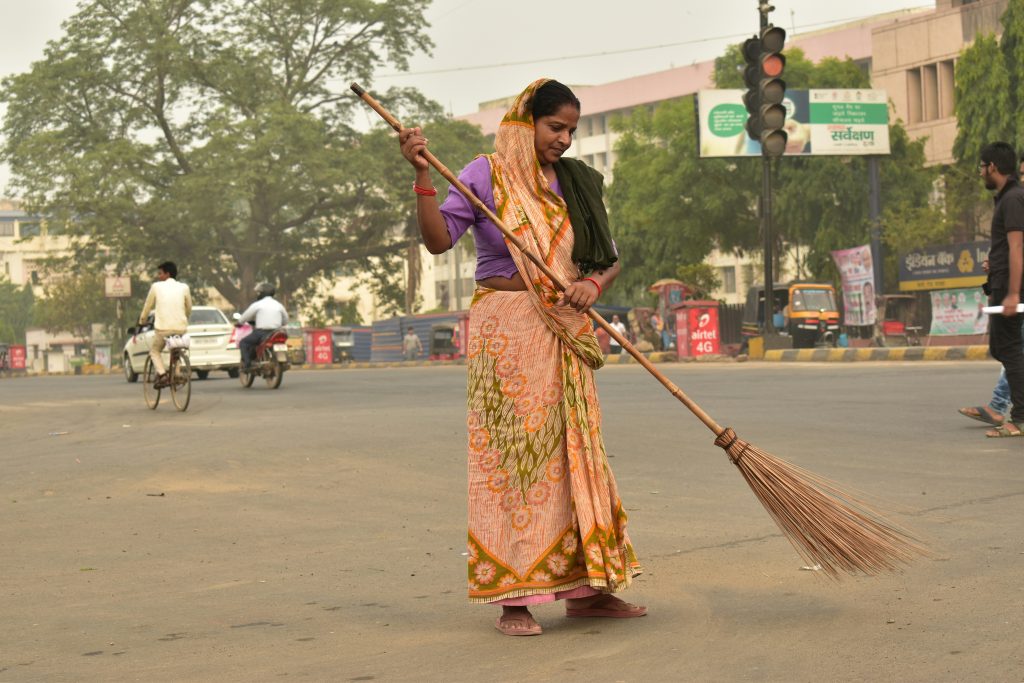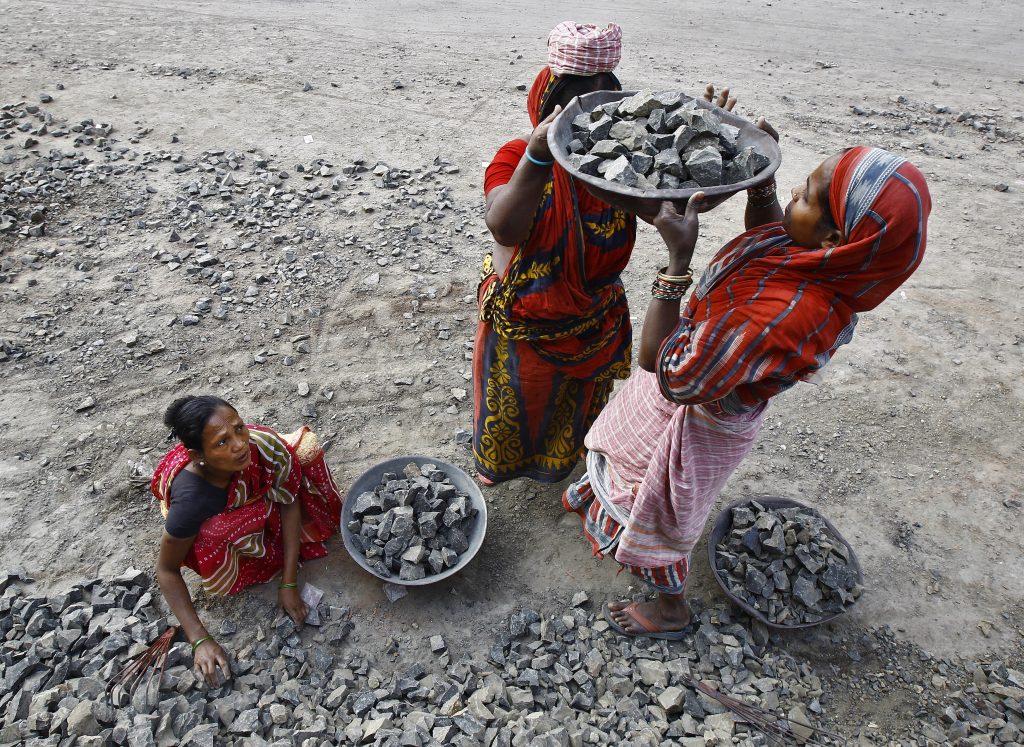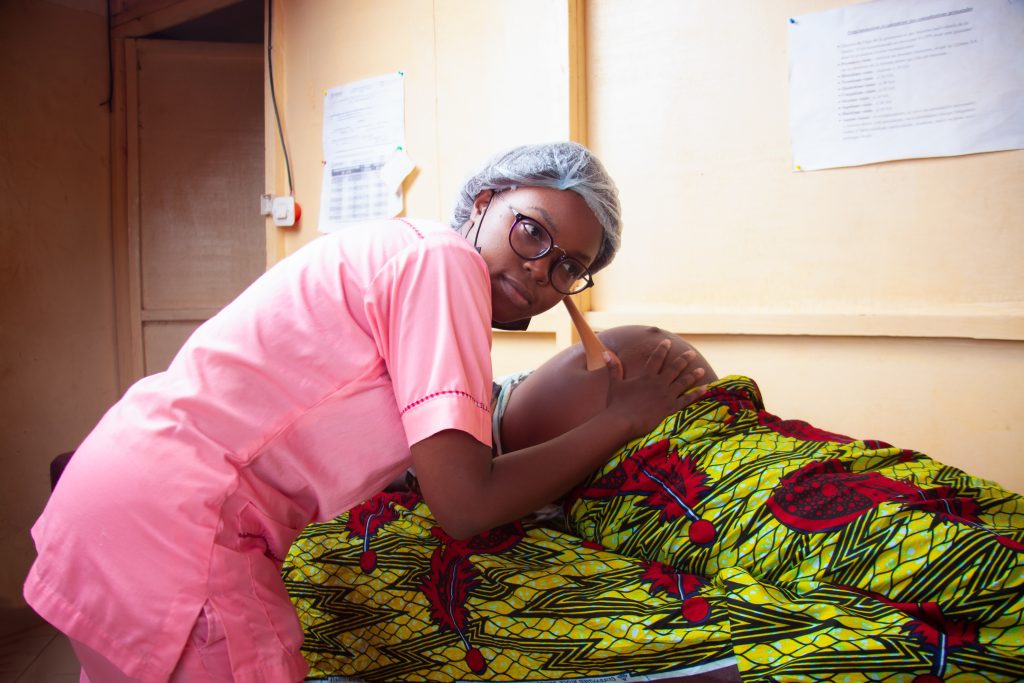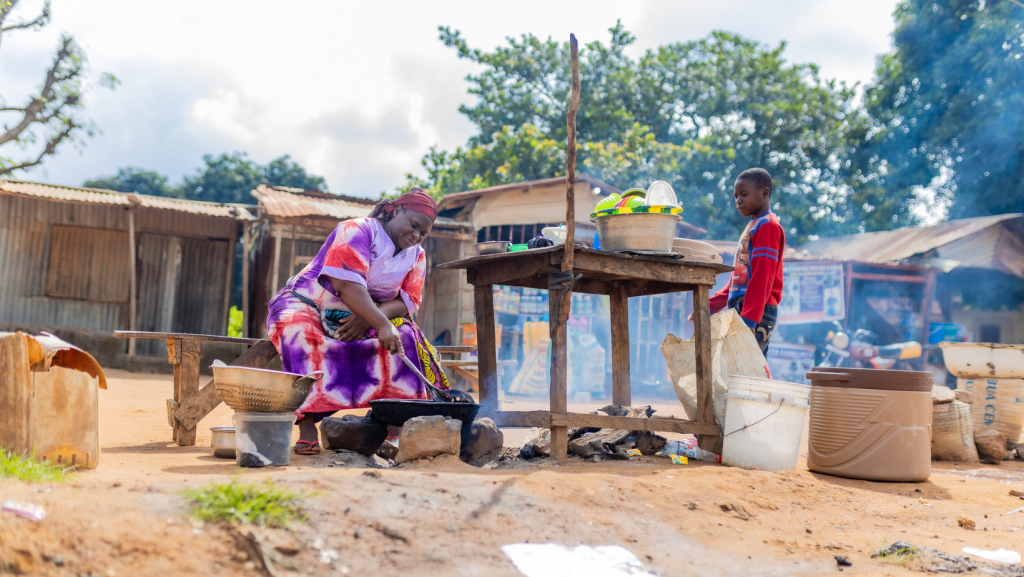Climate change and the gender gap
Climate change exacerbates existing inequalities. While everyone is vulnerable to heat, climate-driven extreme heat can make many communities even more vulnerable to its devastating impacts. The unequal impacts of heat are especially clear through a gender lens.
Women face structural and systemic barriers financially, legally, and economically. The global gender gap is wide, and it will take an estimated 131 years to reach parity. These inequalities are now being exacerbated by heat. Given the clear disadvantages, women are more vulnerable to financial losses when rising temperatures make is physically difficult—if not impossible—to work. Women also take on the invisible labor of care work, and expose themselves to heat within the household. These risks are elevated in lower-income communities where women can be exposed to heat even at home since buildings often lack accessible and affordable cooling.
However, men can also be impacted by extreme heat in specific ways. Gendered social roles often put many men at risk as the working environment can expose men and women to heat in very different ways. For instance, in the United States, over 93 percent of all construction workers are men; construction workers have been repeatedly identified as one of the groups most vulnerable to climate-driven extreme heat because of their intense physical work in outdoor spaces or buildings that lack cooling resources.

While extreme heat is a global problem that does not discriminate in where and when it strikes, its impacts are clearly gendered and worsen existing vulnerabilities. Our solutions must be gender-sensitive and gender-responsive to promote effective and inclusive outcomes as we build climate resilience around the world
Learn about the gendered impacts of extreme heat
FINANCIAL VULNERABILITIES

Fighting extreme heat with parametric insurance
The Extreme Heat Income Micro-Insurance (EHII), Arsht-Rock’s new parametric insurance product, helps 21,000 women in India cover wages they would otherwise lose due to climate-driven extreme heat.
HEALTH VULNERABILITIES

The impacts of extreme heat exposure on women and infants
Pregnant people and newborns are especially vulnerable to excess heat. Arsht-Rock’s state of the science literature review identifies the risks that extreme heat poses to pregnancy and neonatal health.
